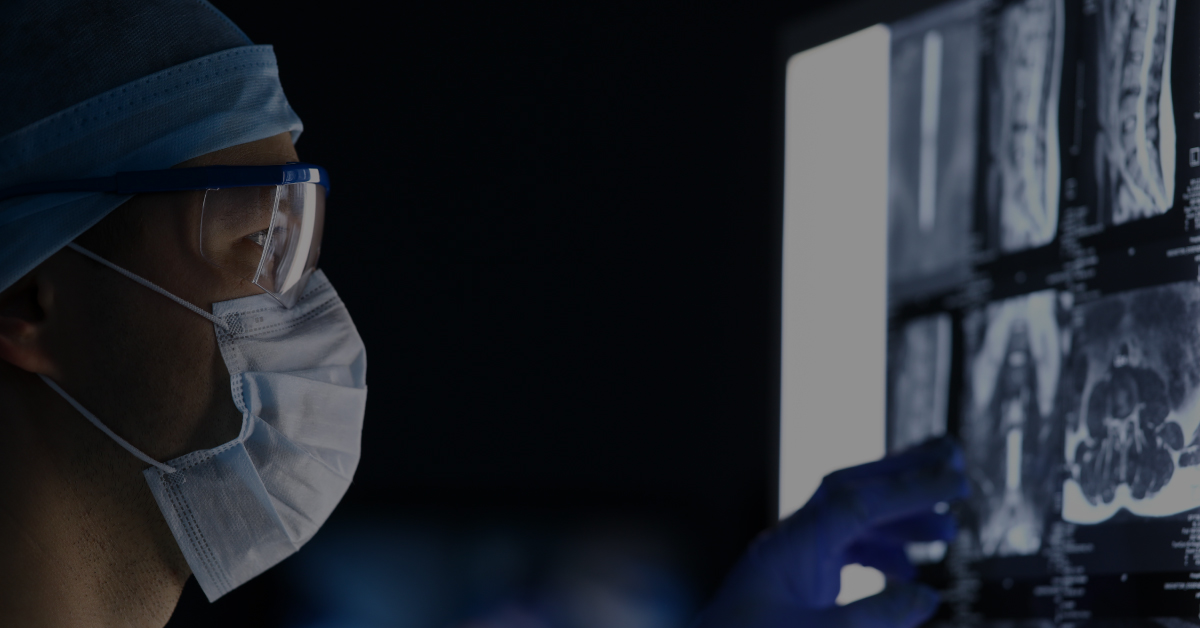Subspecialty Radiology Does Make a Difference

If you think it doesn’t make a difference who reads your imaging results, think again. Whether it’s an MRI, CT exam or mammogram, numerous studies are emerging that show that when it comes to radiology, patients who are treated by radiologists with subspecialty training see the most positive outcome.
The National Institutes of Health reports that the radiologist’s skills are more valuable than ever because of the growing complexity of techniques and modalities, coupled with the importance of radiology in patient care. Physicians and patients alike rely on radiology exams more than ever in the management of healthcare, and as technology continues to advance at a rapid pace, it’s only the specialized radiologists who can reliably keep up.
If you look at MRI specifically, a recent study published in the American Journal of Roentgenology found a high rate of inaccuracies and discrepancies on body MRI exams acquired at institutions such as community hospitals. The bulk of the errors found were cognitive, meaning that the radiologist reading the exam failed to identify an abnormality. The second most common error type was a “perception error,” in which the exam reader stops searching for additional abnormalities after identifying an initial one.
Many hospitals have on their staff radiologists who offer comprehensive imaging services, meaning that the same person who reads a mammogram is the same radiologist reading a full body MRI (for example).
At RadNet centers, the theory of specialization has always been the core focus of our treatment model. Our radiologists are fellowship trained, offering subspecialty expertise in a wide array of exams and procedures. We are dedicated to helping patients understand their diagnoses and treatment options.
When you have an exam at a RadNet center, you won’t have to wonder if the radiologists reading your exam have the expertise and specialty training to adequately interpret your images. You can rest assured they do.

